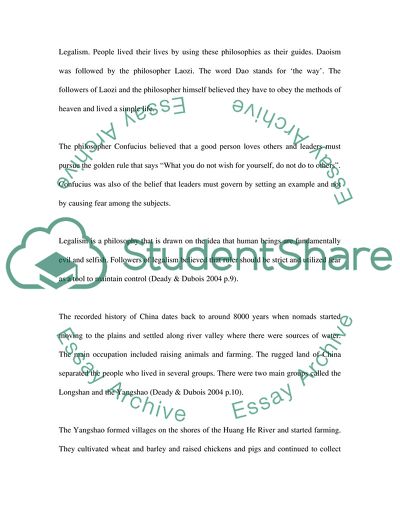Cite this document
(The History of Ancient China Coursework Example | Topics and Well Written Essays - 1500 words, n.d.)
The History of Ancient China Coursework Example | Topics and Well Written Essays - 1500 words. https://studentshare.org/history/1730803-ancient-china
The History of Ancient China Coursework Example | Topics and Well Written Essays - 1500 words. https://studentshare.org/history/1730803-ancient-china
(The History of Ancient China Coursework Example | Topics and Well Written Essays - 1500 Words)
The History of Ancient China Coursework Example | Topics and Well Written Essays - 1500 Words. https://studentshare.org/history/1730803-ancient-china.
The History of Ancient China Coursework Example | Topics and Well Written Essays - 1500 Words. https://studentshare.org/history/1730803-ancient-china.
“The History of Ancient China Coursework Example | Topics and Well Written Essays - 1500 Words”. https://studentshare.org/history/1730803-ancient-china.


